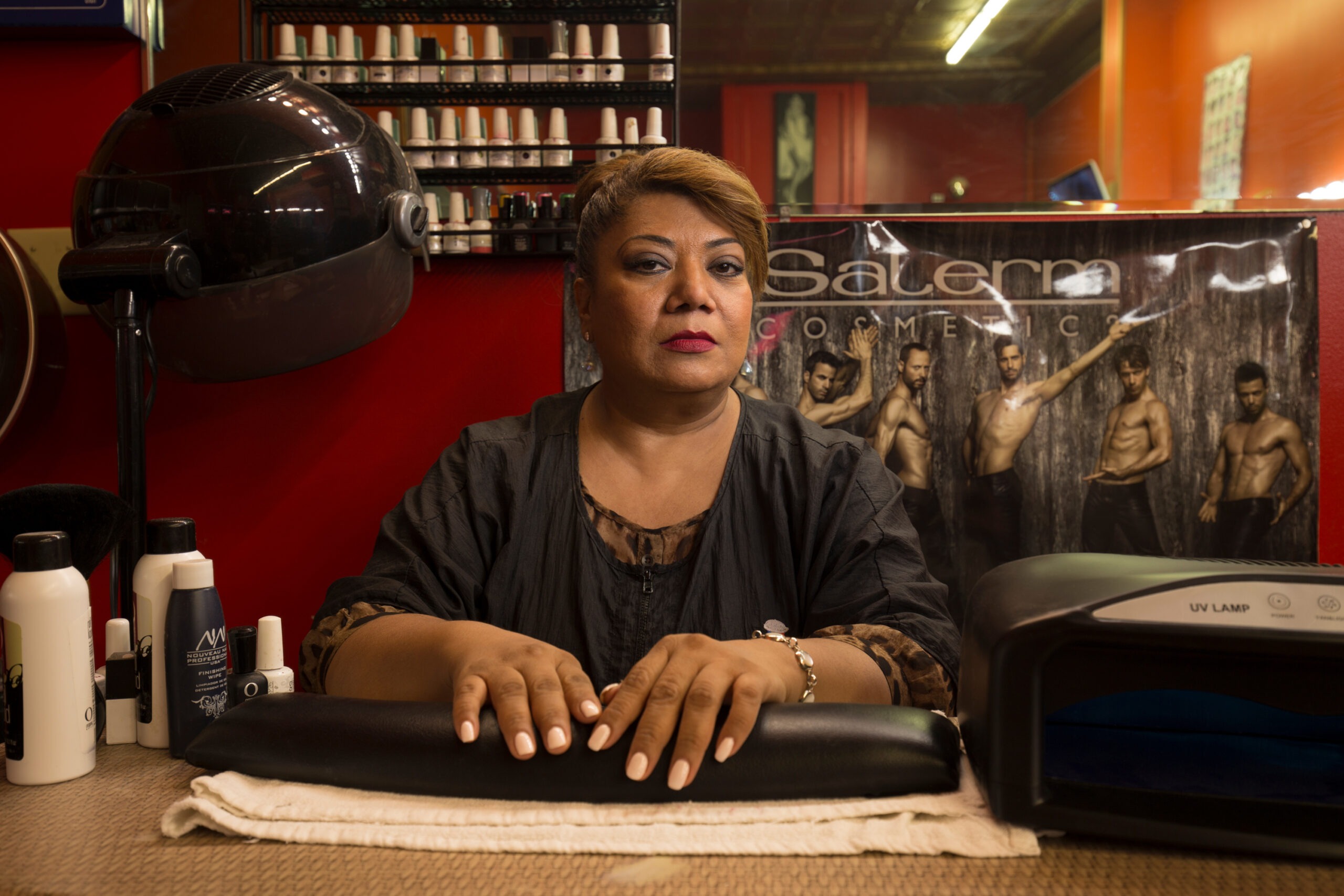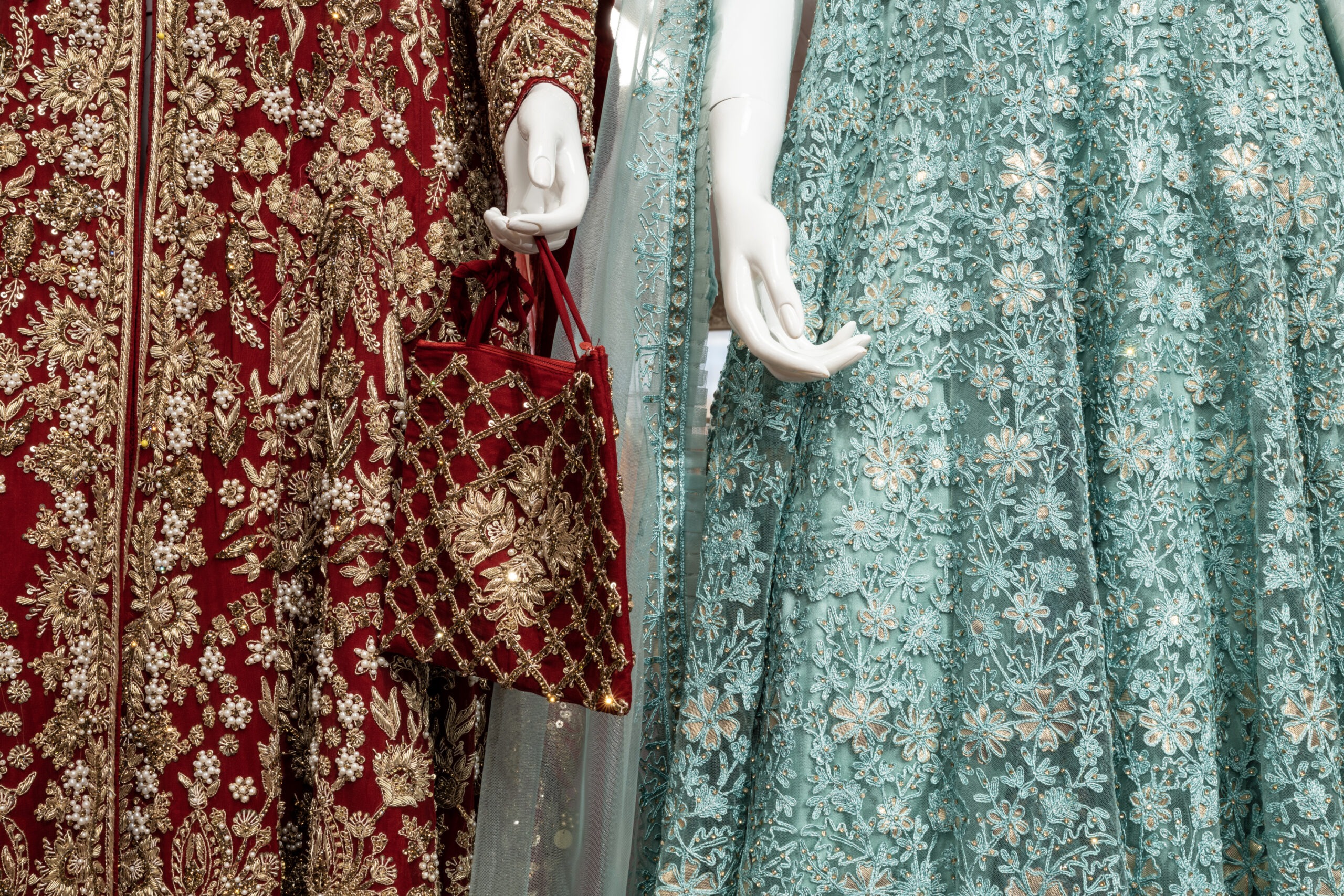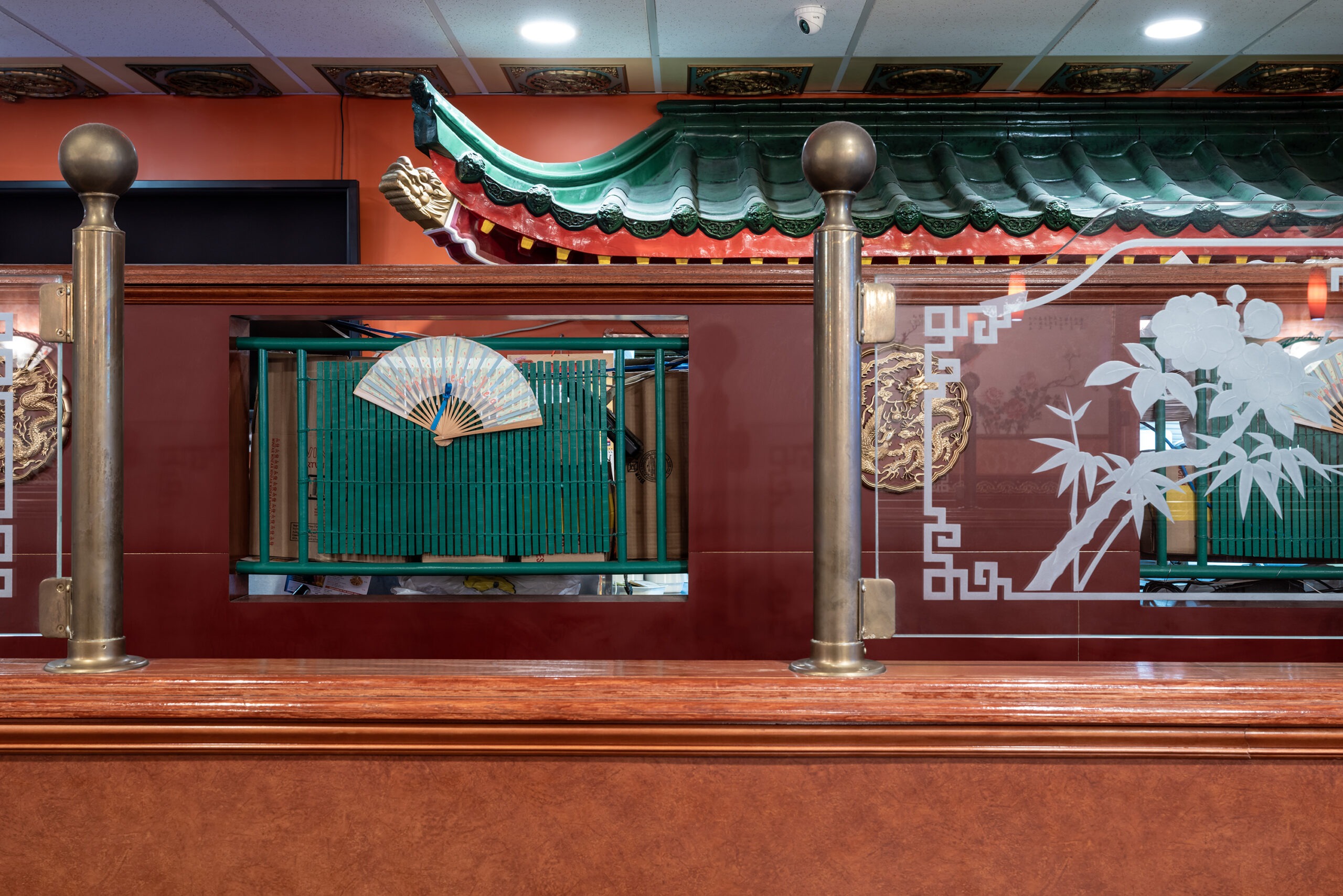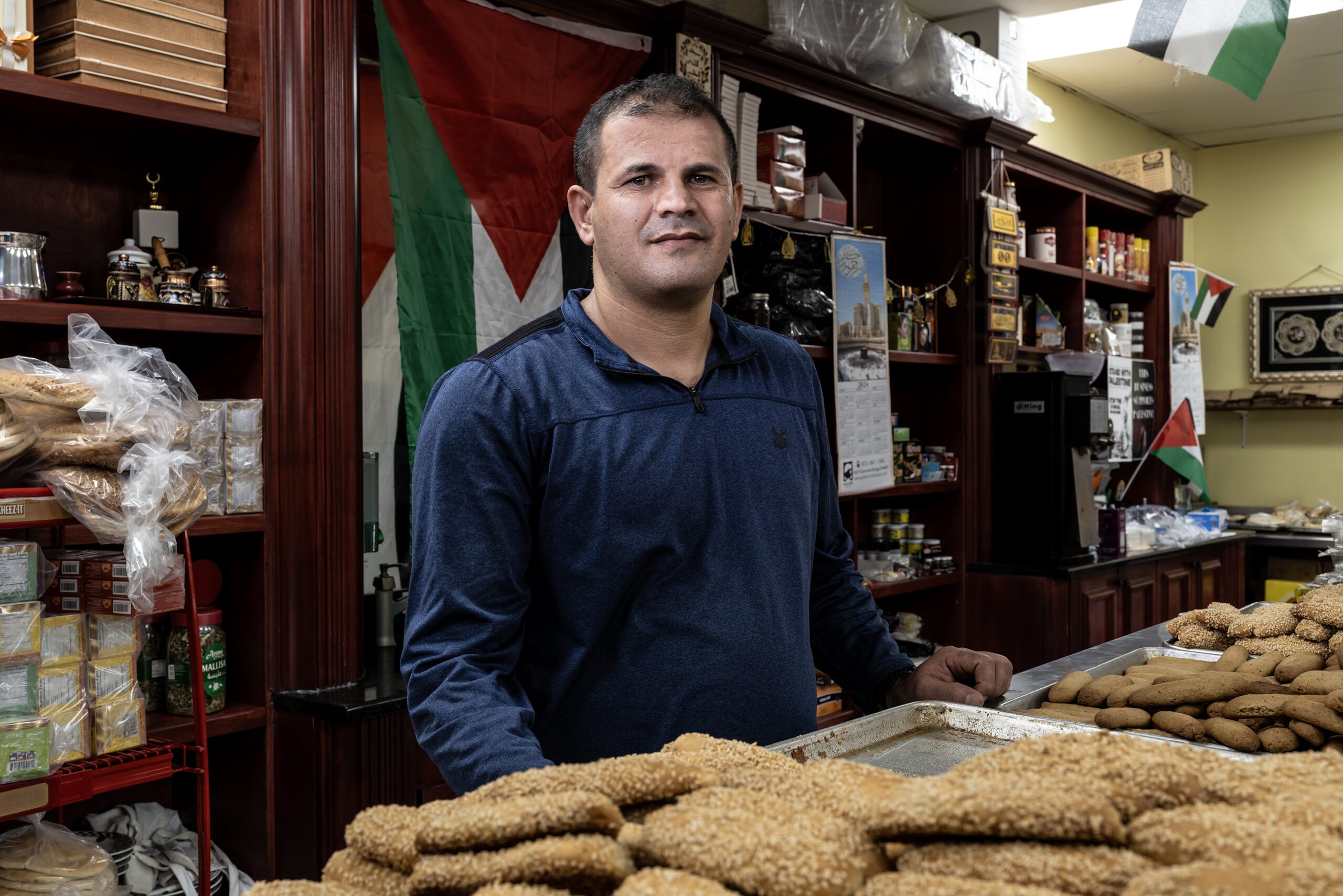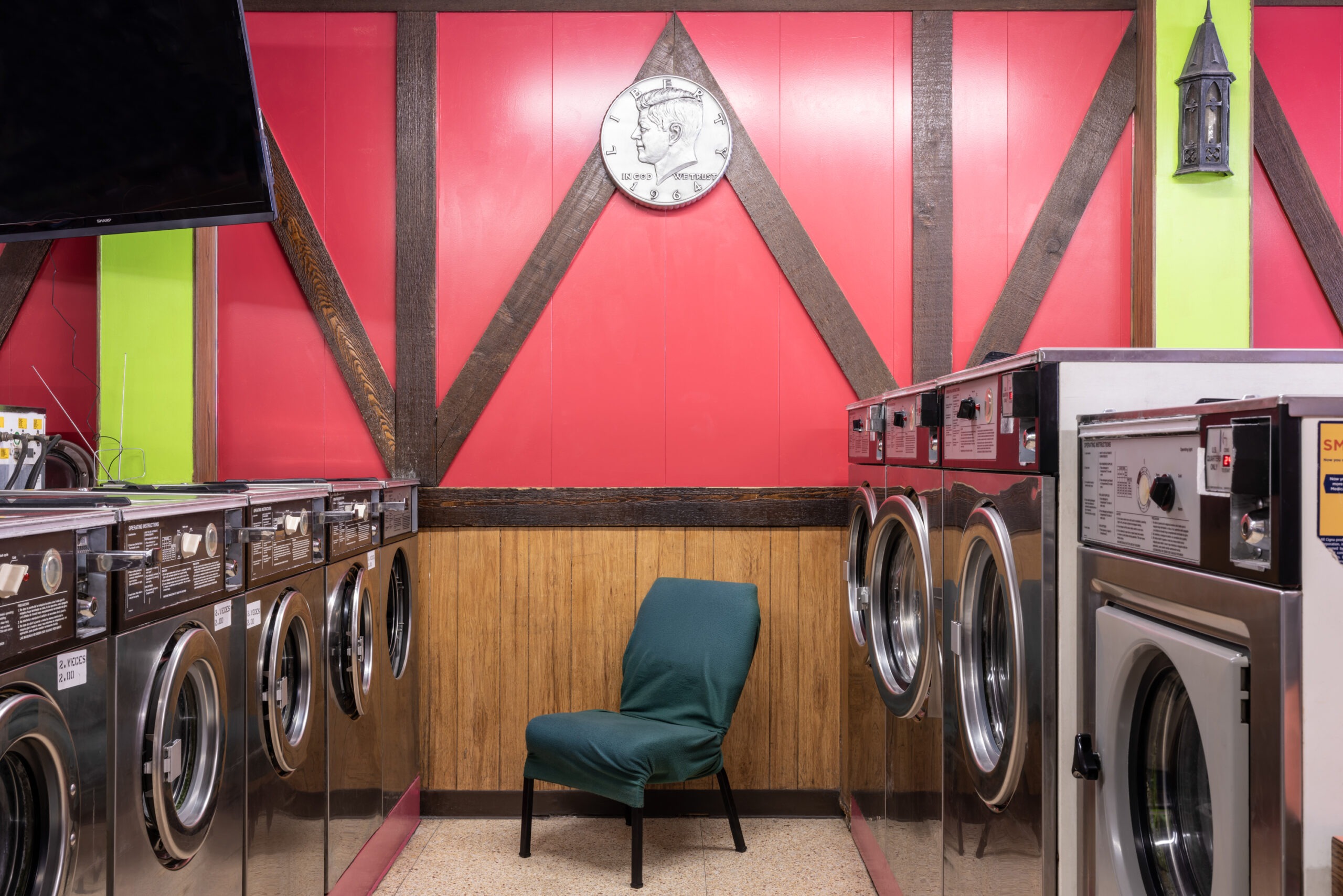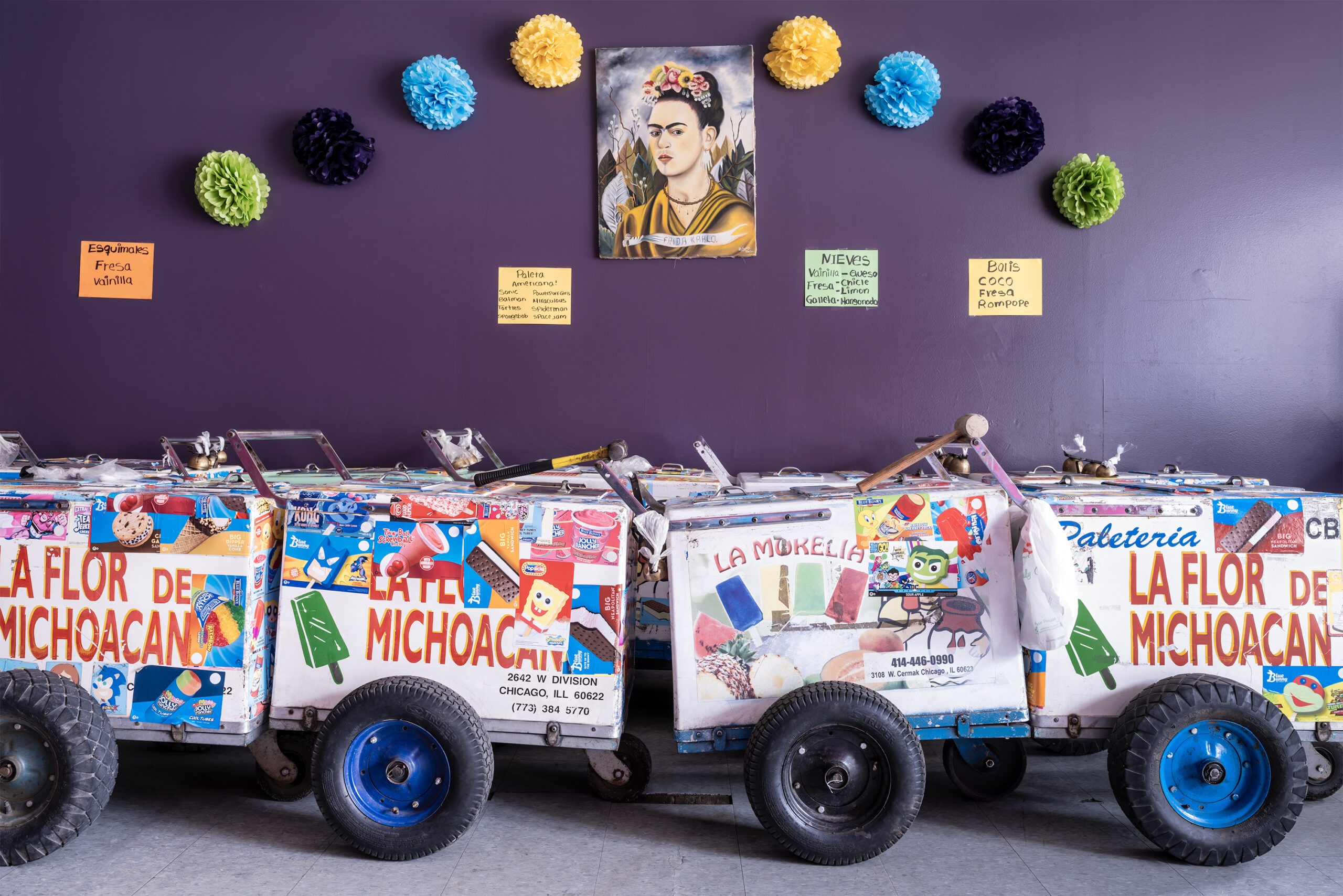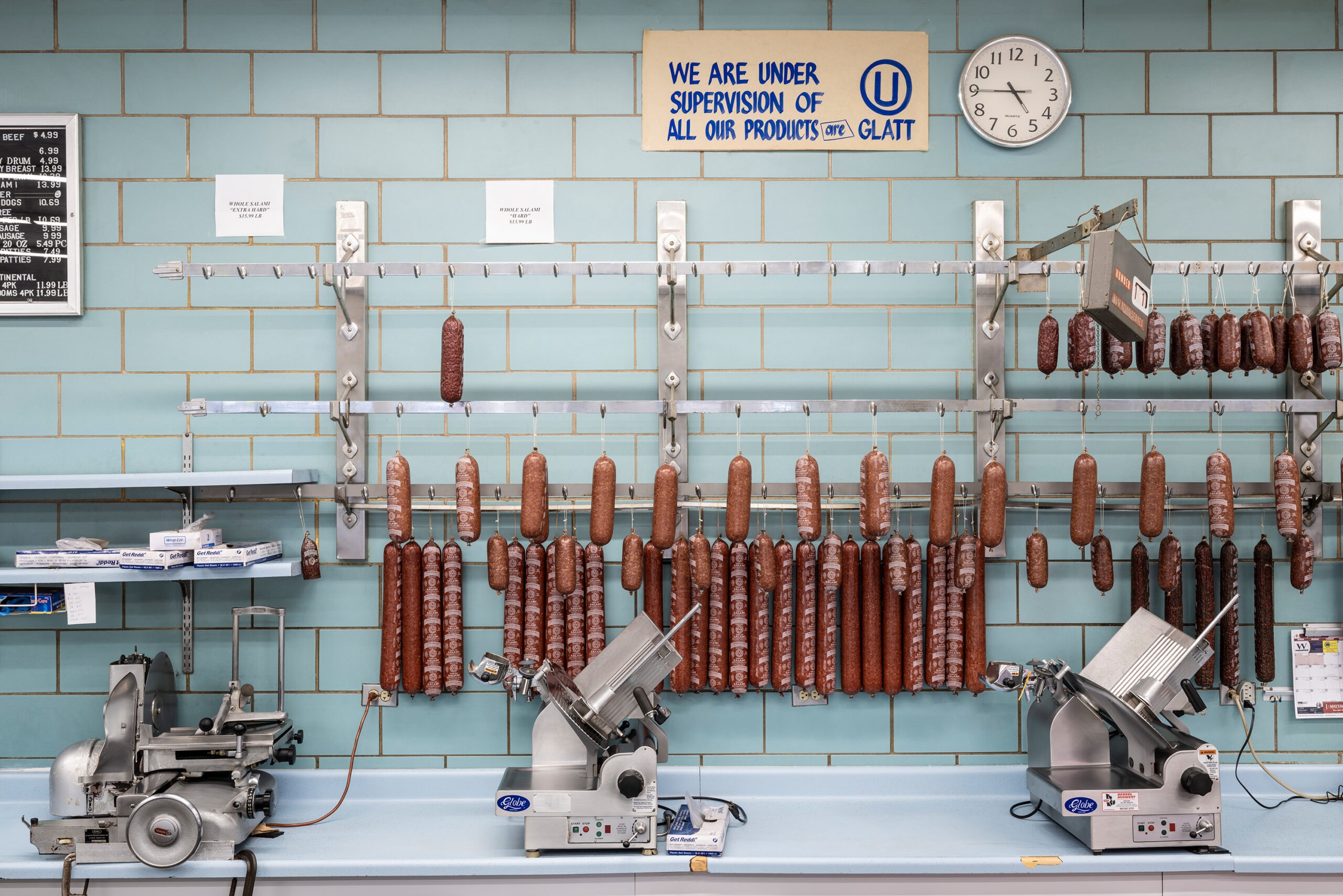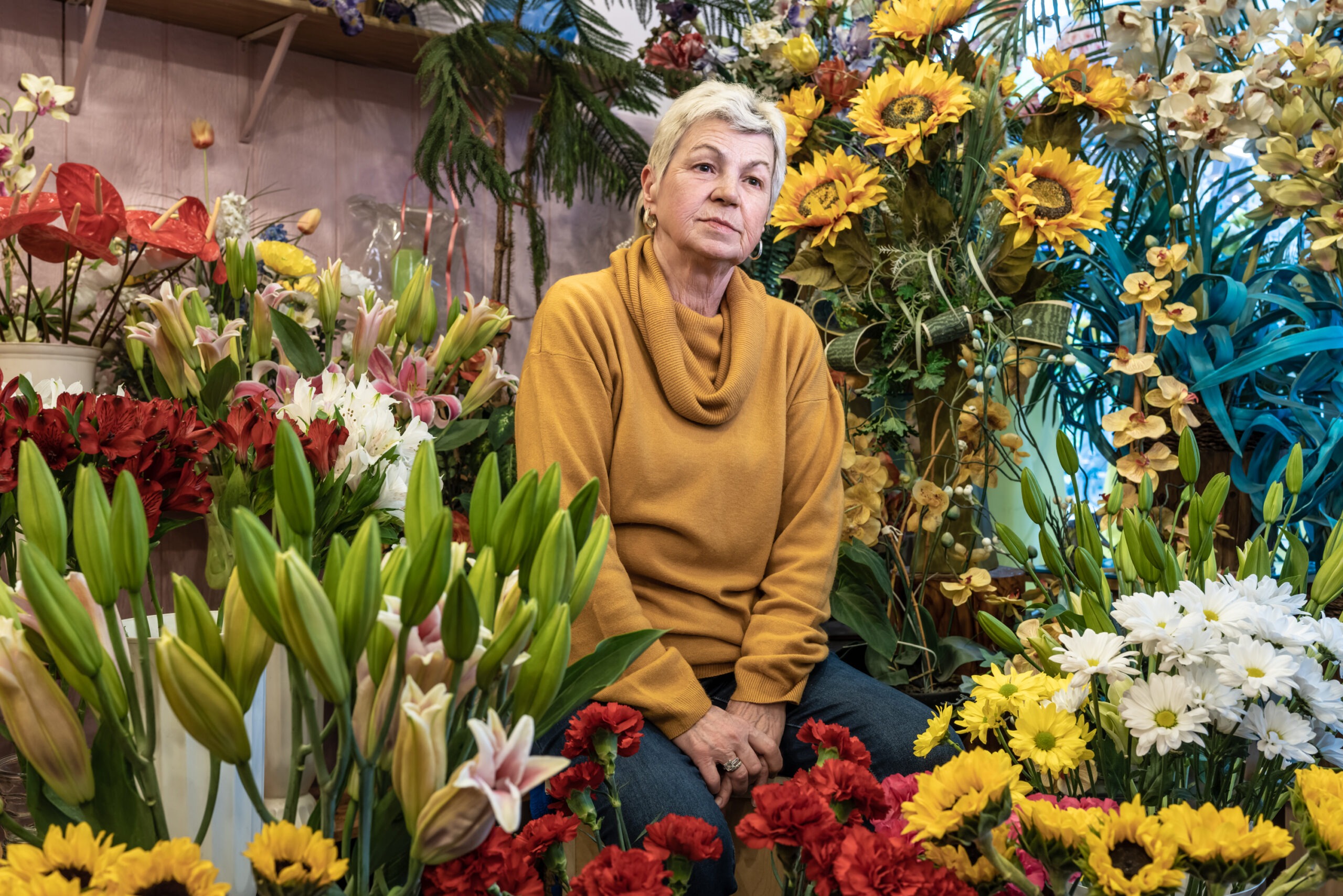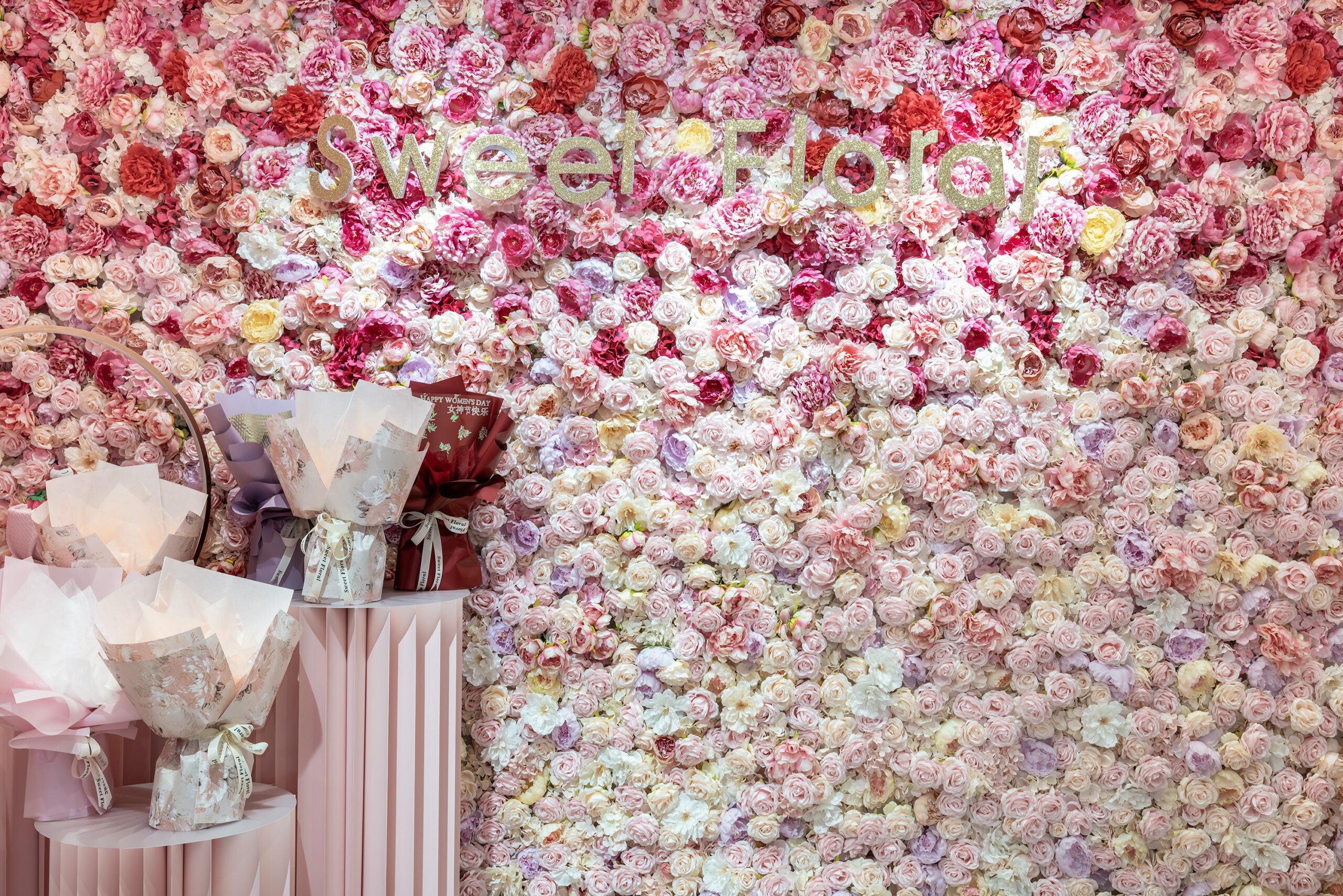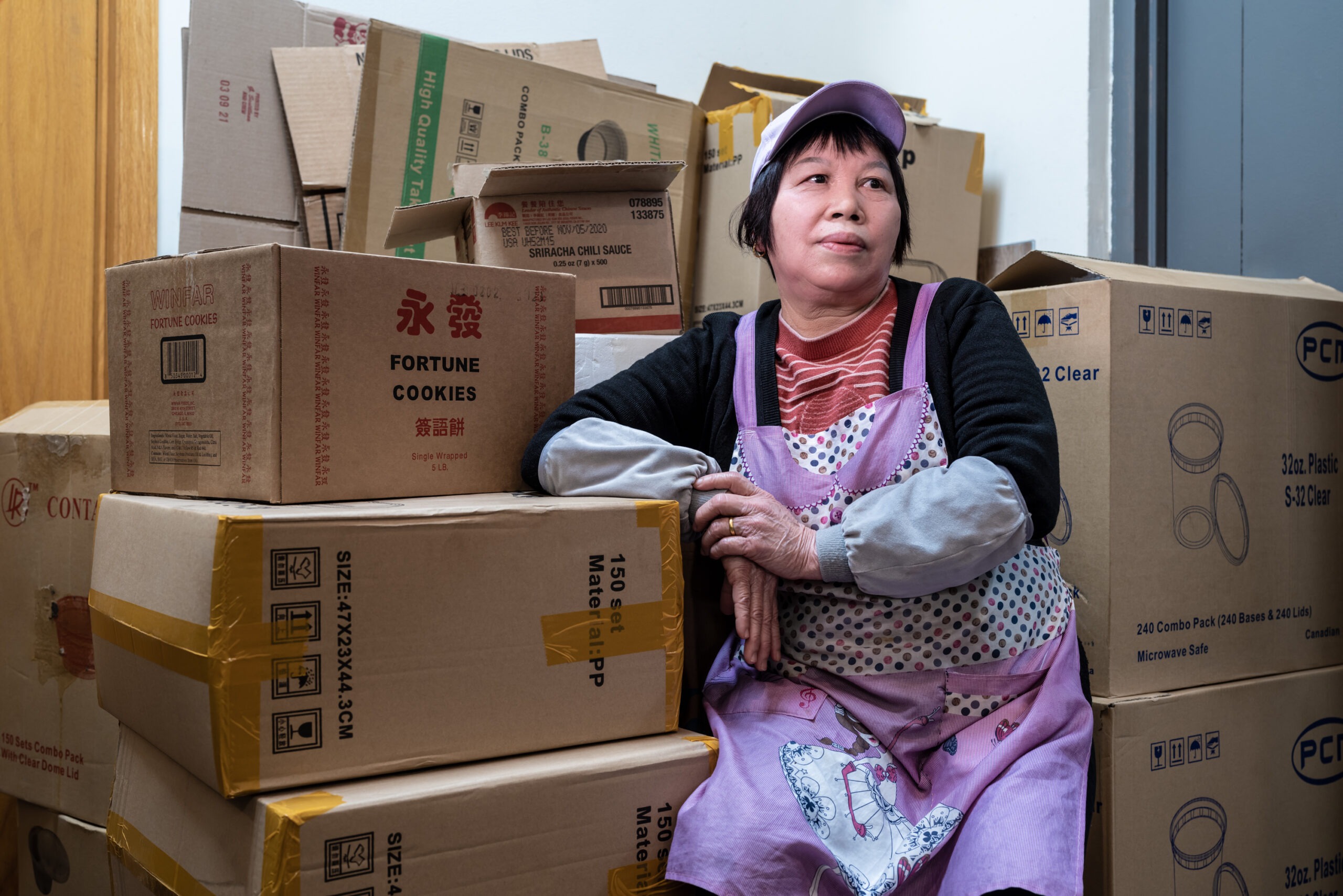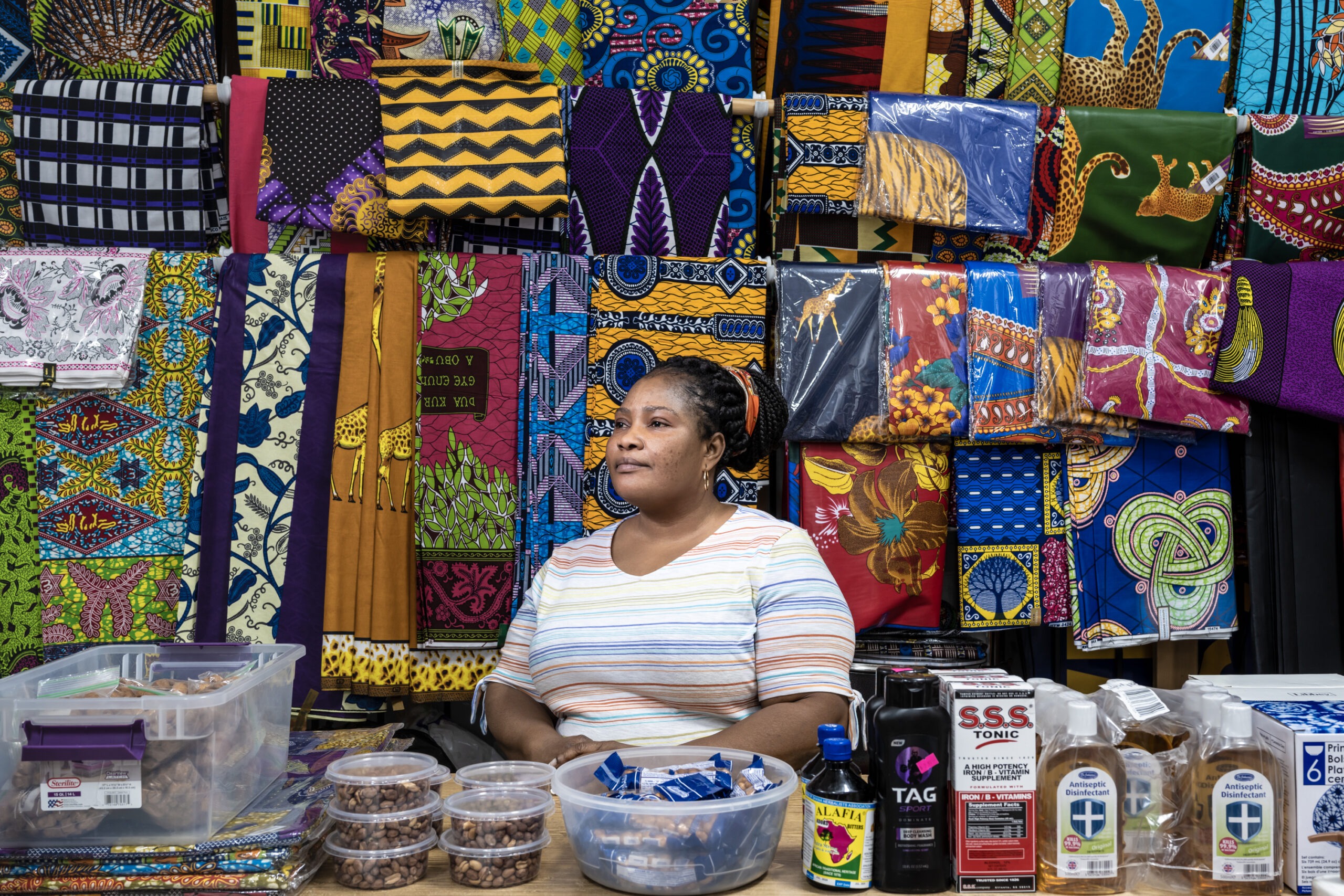The French are back in Chicago. In the most Gallic scene in the city since the days of DuSable, or perhaps of Marquette and Joliet, men greeted one another with pecks on the cheek, the crowd sipped wine and ate brie spread across soft medallions of spongy bread, and a representative from the French consulate circulated through the crowd, greeting everyone in her native language.
The occasion was last Saturday night’s opening of a photo exhibit, “Opening Passages: Photographers Respond to Chicago and Paris,” which features images, and artists, from both sister cities. The site was 6018|North, a rundown mansion at 6018 N. Kenmore Ave. which has been converted into a community art and environmental advocacy space.
What exactly do Chicago and Paris have in common, besides being founded by the French? Both have attracted immigrants from all over the world. “Opening Passages” is a citywide exhibit, with photos on display at the Cultural Center, but immigration was the theme of the work on display at 6018|North, since Edgewater has such a large foreign-born population: Somali, Ethiopian, Nigerian, Bosnian, to name a few nations represented by restaurants there. Specifically, said Axelle Moleur, cultural attache of the French Consulate, Chicago resembles Clichy, Hauts-de-Seine, a northern suburb of Paris where a third of the residents were born outside France, mainly in Africa. It’s a timely exhibit, given Chicago’s current struggles to integrate tens of thousands of migrants from South America.
“We are working with an institution based in the Greater Paris area, which is called the Atelier Médicis in Clichy, which is a city at the north of Paris, which is in the poorest area of France,” Moleur said. “So it’s kind of experiencing the same issues as the South Side of Chicago, of course, a lot of similarities but differences – not so many guns. Integration, for instance, a lot of social and racial tensions. We’ve been connecting institutions and communities and artists from both areas for several years. And we name this program Clichycago, which is a contraction of these two places.”
Moleur pronounced our city’s name as “Shee-cah-go.” Since the French originally named Chicago, maybe that’s proper.
Rebecca Topakian, a French-Armenian artist, was flown into Chicago for a week to open the exhibit — her first time in the city. Her contribution was a pair of textile murals representing parakeets, which hung from the ceiling’s exposed timbers. In France, parakeets are scorned as “invasive species” — much like foreigners. Topakian translated the legend on each mural for me, and explained the connection between birds and immigrants.
“So this one says, ‘it’s another family to feed’ (c’est une famille de plus a nourrir),” Topkapian said. “This one says, ‘what does invasive mean?’ (mais qu’est-ce du’invasif veut dire?) So basically, I made a parallel between how people perceive parakeets and immigrants because they’re exotic and considered invasive, and people perceive it in a very negative way. Some [parakeets] were imported and they escaped from the airport, and they’re bred and then people say they eat the other birds’ food and kill squirrels and this kind of thing. And then I (asked) a scientist and they said that actually, no, they’re not dangerous for other species. But people perceive them like this because they’re exotic. You wonder, what are they talking about, birds or about humans?”
Jonathan Michael Castillo is a Chicago artist whose contribution is a series of photographs of immigrant businesses: a Jewish butcher shop in Rogers Park, a Palestinian bakery in Palos Hills, a Chinese restaurant in Des Plaines, a laundromat in Little Village, a salon in Pilsen. On a wall was projected a video Castillo took in the kitchen of Badou Senegal, a restaurant on Howard Street.
Gilberto Güiza-Rojas, a Colombian-French photographer, recorded immigrants performing manual labor in Clichy – mixing cement, cleaning houses. In the photo on display at 6018|North, an immigrant wields a vacuum cleaner inside a fancy apartment.
I asked the French if they were aware of their country’s influence on Chicago. We’re not as French as New Orleans, or even Detroit, but our law and financial district is named La Salle Street, after the explorer who descended the Mississippi River.
“There is a French history in the U.S.,” Moleur asserted. “The British won, but there is something French here, and it is interesting to have Jean Baptiste Pointe du Sable as the founder.”
Marion Poussier, another photographer here for the week, was less aware of the Chicago-France connection. She hadn’t heard of Marquette, Joliet, or La Salle, but when I mentioned du Sable, she brightened.
“Ah, that is why it is Du Sable Drive,” she said.
Exactly.
The exhibit at 6018|North is open from 1 p.m. to 5 p.m. on Saturdays, until June 9. The main “Opening Passages” exhibit is on the fourth floor of the Cultural Center until August 25. Visit, and celebrate Chicago’s French connection.




